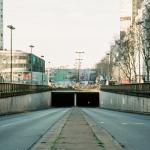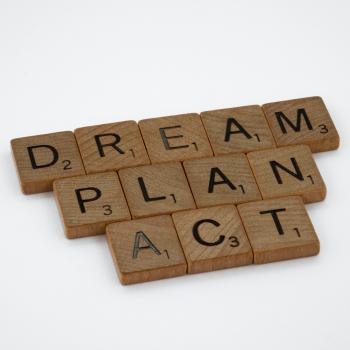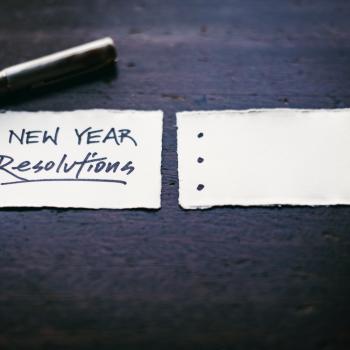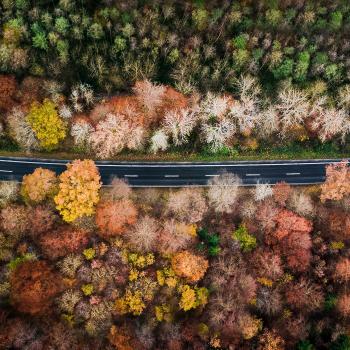We recently went on a vacation to Wyoming. The timing was perfect; we flew out the day after our busiest stretch of the year. On fumes and in need of some fresh air (literally and metaphorically), it literally could not have come at a better time.
But as all of us know, vacations are not always as simple as they seem. The phrase, “we need a vacation from our vacation” is often used by those who come home just as tired as they left. They are tricked for a moment into thinking tired in a new location is better than normal tired. But this shows up pretty soon after returning, even if we don’t recognize it for what it is. And it violates the true nature of rest.
So, almost as soon as we landed in Wyoming, we found ourselves asking the serious question, “what does it take to rest well?”
Rest And Peace
Our initial instinct when it comes to rest is “I don’t want to do anything”. If we are tired from being busy, it stands to reason, doing less is what rejuvenates us. And doing “nothing” is the full version of this.
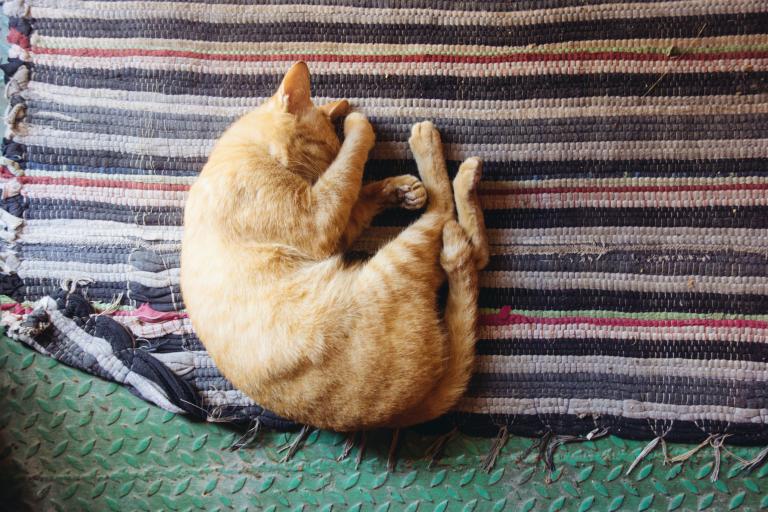
There are two problems with this. The first is that you can never truly do “nothing”. It is a false perspective. Doing “nothing” often involves sitting on the beach with a book, napping, watching TV, working on a puzzle. We can no more do nothing than still the turning of the Earth. We are always doing something.
What we usually mean is we want to do something that takes little mental or physical effort or energy, which is far from doing nothing. It is actually very active. Rest, ironically, is an active rather than a passive endeavour.
The key to rest is to do those things which lend itself to peace rather than those things that lend themselves to anxiety or fear.
Which leads to the second problem with the “do nothing” approach – sometimes doing nothing adds to our anxiety and fear.
Inducing Anxiety
I can’t count the number of times I have sat on a beach, read a book, or tried to nap while the worries of the day pounded in my head like a noisy neighbor. But even if I do seem to quiet the noise, I don’t truly silence it. I just put it on the back burner. Another way of saying this is that my do-nothing becomes a distraction. In the subtle undercurrent, my fears and anxiety build up. Something in my subconscious knows this is going on, but I dismiss it. I am on vacation! Only to find out that when I do get back to “normal” life, somehow my anxiety is not just where I left it, but amazingly a little turned up. How is that possible?!
Avoiding our anxiety is not the same thing as laying it aside.
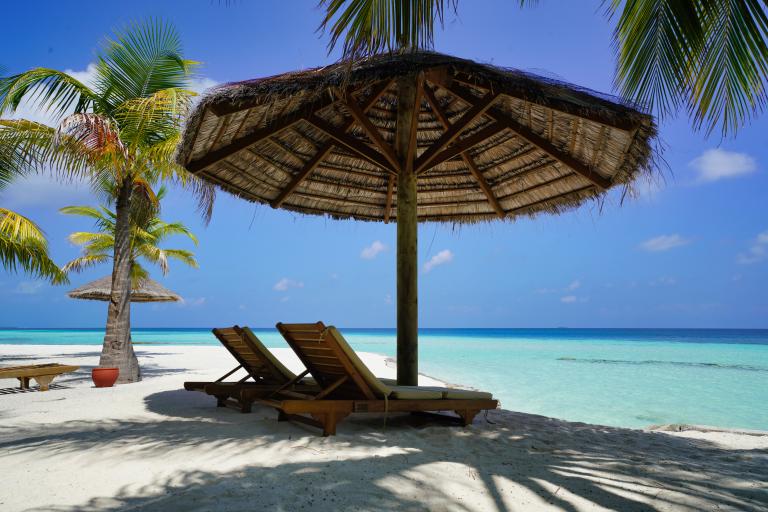
Proper vacationing is about taking a true break from our anxiety, not about pretending it doesn’t exist. By pretending it doesn’t exist, we put it on layaway, with interest.
If we want to lay aside our anxiety, it is impossible to leave it at that. In other words, something has to fill the gap. If we are doing “nothing”, we are just replacing one form of anxiety with a quieter one. This often ends up in emotional eruptions, outbursts, and conflict while on vacation.
We decided that what we often call doing “nothing” is in truth doing something meaningless. Which is not what we want and, I repeat, not truly restful.
The best use of your vacation is to allow yourself to take a break from your fears and anxiety. Don’t pretend they aren’t there, but acknowledge them and put them aside. And we have found the best way to do this is to have a meaningful experience together. We prefer hiking and exploration. But there are all sorts of things, including sitting on the beach, reading, and napping. These activities are meaningful when they are done with intention. And when we are aware of the stories we are telling ourselves while doing it, the internal narratives that so often drive us toward either peace or anxiety.


